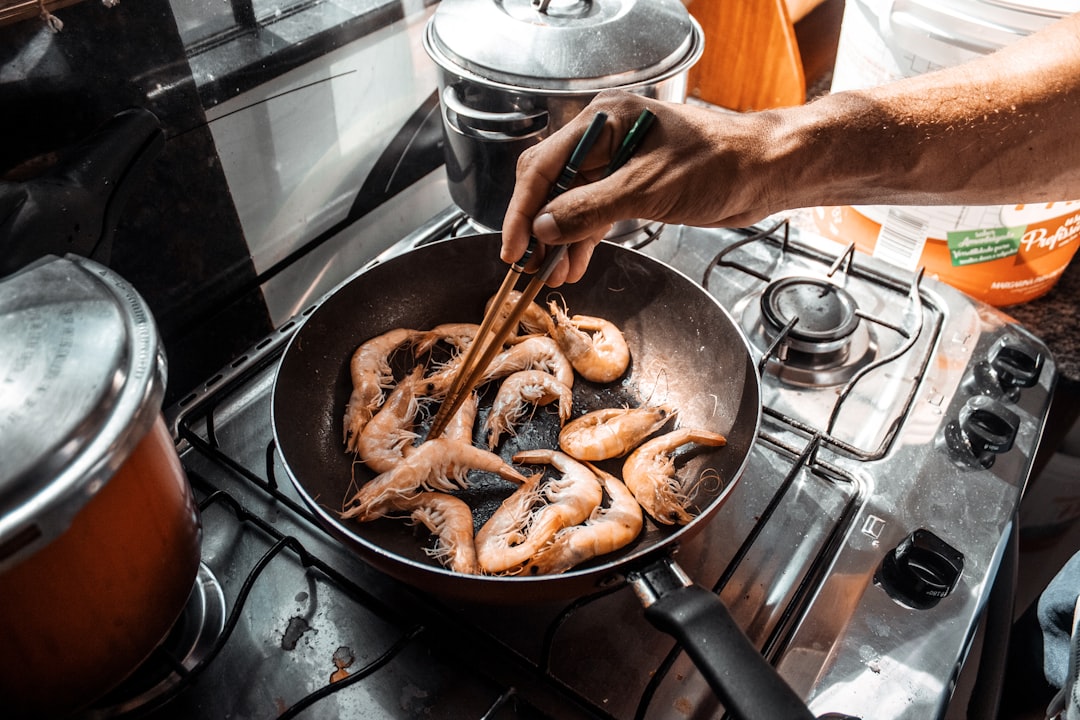The Art of Baking Perfect Salmon Steaks

Salmon is not only a delicious fish but also a nutritional powerhouse, rich in omega - 3 fatty acids, high - quality protein, and various vitamins and minerals. Baking salmon is a popular cooking method that can result in a healthy and mouth - watering dinner. One of the common questions when it comes to baking salmon is whether to cover it or not.
Let's first understand the basics of preparing your salmon steaks. Before you start cooking, you need to thaw the salmon properly. If your salmon is frozen, it's best to thaw it in the refrigerator overnight. This slow thawing process helps maintain the texture and flavor of the fish. Avoid thawing salmon at room temperature as it can lead to uneven thawing and increase the risk of bacterial growth.
Once your salmon is thawed, it's time to prep it. Start by rinsing the salmon steaks under cold water and pat them dry with a paper towel. Drying the surface of the fish is crucial as it allows for better browning during the baking process. You can then season the salmon according to your taste. A simple yet effective seasoning can include a sprinkle of salt, pepper, and a squeeze of lemon juice. For those who like more flavor, you can add herbs such as dill, parsley, or thyme.
Now, let's address the question of whether to bake salmon covered or uncovered. Baking salmon uncovered generally results in a crispy exterior. The direct exposure to the hot air in the oven helps to form a nice crust on the surface of the fish. This is great if you prefer a bit of crunch with your salmon. On the other hand, baking salmon covered can help to keep the moisture inside the fish. If you have thicker salmon steaks or if you're worried about the fish drying out, covering it with foil during the initial part of the baking process can be a good idea. You can start by covering the salmon for the first 10 - 12 minutes of baking and then uncover it for the remaining time to allow for some browning.
When it comes to the actual baking process, preheat your oven to around 400°F (200°C). Place the seasoned salmon steaks on a baking sheet lined with parchment paper or a silicone baking mat. If you're using a glass baking dish, make sure to grease it lightly. The baking time will depend on the thickness of your salmon steaks. As a general rule, bake the salmon for about 12 - 15 minutes per inch of thickness. You can check if the salmon is done by inserting a fork into the thickest part of the fish. If the fish flakes easily and is opaque in the center, it's ready to be taken out of the oven.
To make your baked salmon even more delicious, you can serve it with a side of roasted vegetables, a fresh salad, or a simple rice dish. You can also drizzle some extra lemon juice or a bit of olive oil over the cooked salmon for added flavor.
In conclusion, baking salmon is a simple and healthy way to enjoy this wonderful fish. Whether you choose to bake it covered or uncovered depends on your personal preference and the characteristics of your salmon steaks. By following the proper steps for thawing, prepping, and baking, you can ensure that you have a perfect, flavorful, and nutritious salmon dinner every time.